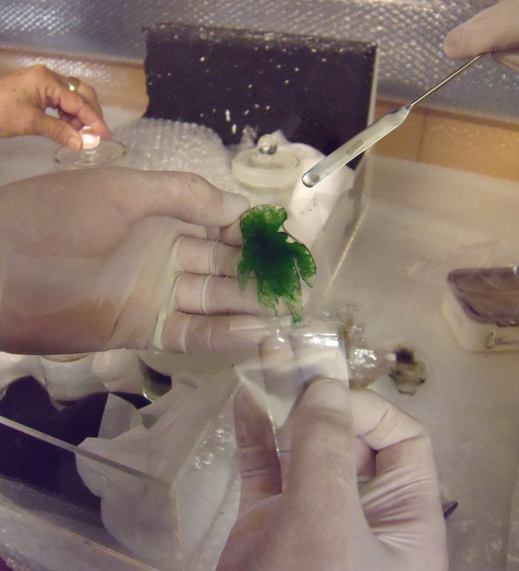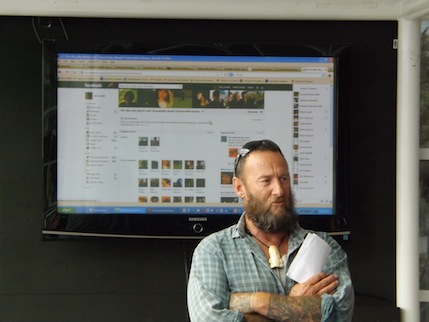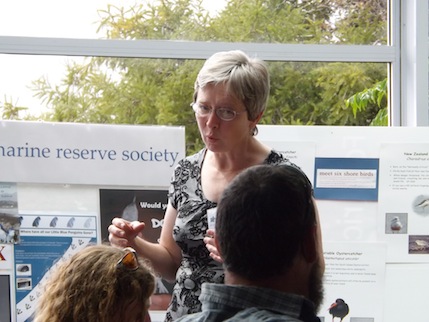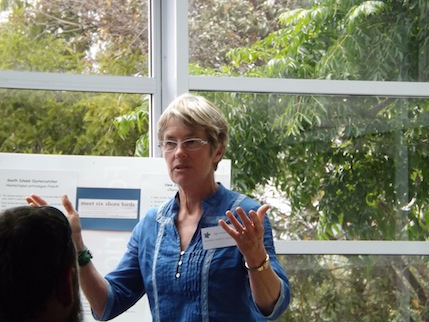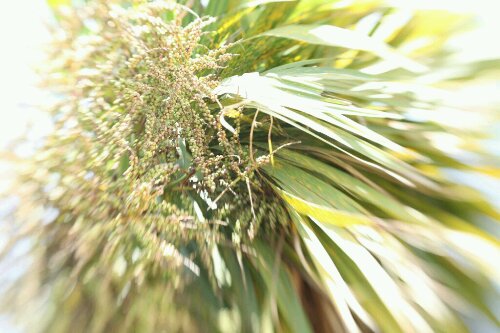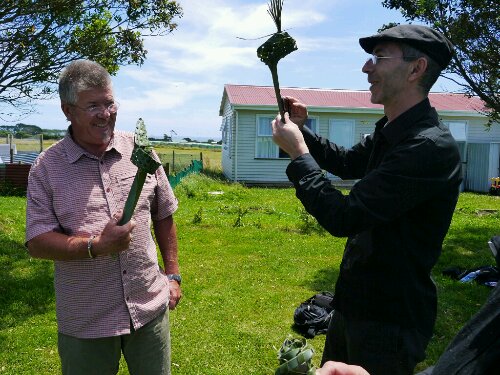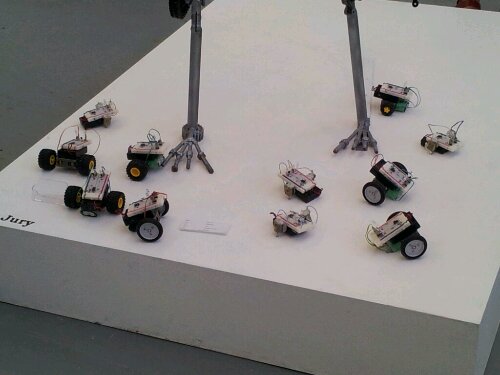In an era dominated by digital interactions, safeguarding personal information has become paramount. When it comes to online communication, the demand for personal phone numbers raises concerns about privacy and security. The solution? Receiving SMS online for free through temporary phone numbers, offering a shield between your private life and the digital realm. This article explores the dynamics of using temporary numbers, providing insights into their advantages and a step-by-step guide for seamless integration.
Navigating the Landscape of Temporary Numbers
Choosing to receive SMS online for free involves tapping into the realm of temporary or disposable phone numbers, aptly known as “burner” numbers. These serve as a protective barrier, ensuring that your primary contact details remain confidential. Selecting a reliable platform is the initial step in embracing this privacy-conscious approach. It’s crucial to opt for services with a proven track record, positive user reviews, and a variety of offerings catering to different needs and regions.
Once a reputable service is chosen, the process of obtaining a temporary number is user-friendly and straightforward. Users typically go through a quick registration process, providing minimal information. The platform then issues a temporary number that can be used for various online activities, safeguarding the user’s personal phone number from potential security threats.
The Step-by-Step Guide to Receiving SMS Online for Free
Understanding how to seamlessly integrate temporary numbers into your digital routine is essential for harnessing their full potential. Here’s a comprehensive guide to walk you through the process:
1. Choosing a Reputable Service
Start by researching and selecting a platform renowned for providing secure and reliable temporary phone numbers. Consider user reviews, the platform’s reputation, and the breadth of services offered. Ensure that the platform supports the specific regions or country codes relevant to your needs.
2. Obtaining a Temporary Number
The registration process is typically quick and hassle-free. After selecting a platform, proceed to register and obtain a temporary number. This number becomes a secure conduit for receiving SMS messages without exposing your primary phone number to potential risks.
3. Using the Temporary Number
Put the temporary number to use in scenarios where a phone number is required for verification or communication. Whether signing up for new accounts, authenticating your identity, or receiving one-time codes for secure access, the temporary number acts as a protective shield for your personal information.
4. Disposing of the Number
Once the purpose is served, it’s time to dispose of the temporary number. Reputable platforms offer options to deactivate or release the temporary number, ensuring it cannot be exploited for further communication. This step adds an extra layer of security, reinforcing the privacy aspects of using temporary numbers.
Advantages Galore: Why Opt for Temporary Numbers?
The decision to embrace temporary phone numbers for receiving SMS online for free brings forth a plethora of advantages, making it a compelling choice for privacy-conscious individuals navigating the digital landscape.
1. Privacy Protection at Its Core
At the heart of utilizing temporary numbers lies the advantage of enhanced privacy. By substituting your primary phone number with a temporary one, you proactively shield your personal contact information, mitigating the risk of privacy infringements.
2. Fortified Security Measures
Temporary numbers contribute to heightened security, especially in scenarios where multi-factor authentication or identity verification is paramount. The temporary nature of these numbers reduces the risk of unauthorized access to your accounts, ensuring a secure digital experience.
3. Unmatched Flexibility and Convenience
Flexibility is a key feature of temporary phone numbers, allowing users to engage with online platforms without the need to disclose permanent contact details. This flexibility proves especially convenient when exploring new services or testing platforms without committing to a long-term association.
4. Say Goodbye to Unwanted Communication
Leveraging disposable numbers grants users freedom from the annoyance of unwanted communication, such as telemarketing calls or spam messages. Once the temporary number has fulfilled its purpose, it can be effortlessly discarded, putting an end to any further communication through that channel.
In conclusion, the strategy of receiving SMS online for free through temporary phone numbers stands as a pragmatic and privacy-centric approach to digital interactions. As technology evolves, integrating such solutions into our online practices becomes essential for maintaining control over personal information while enjoying the conveniences of the digital world.
